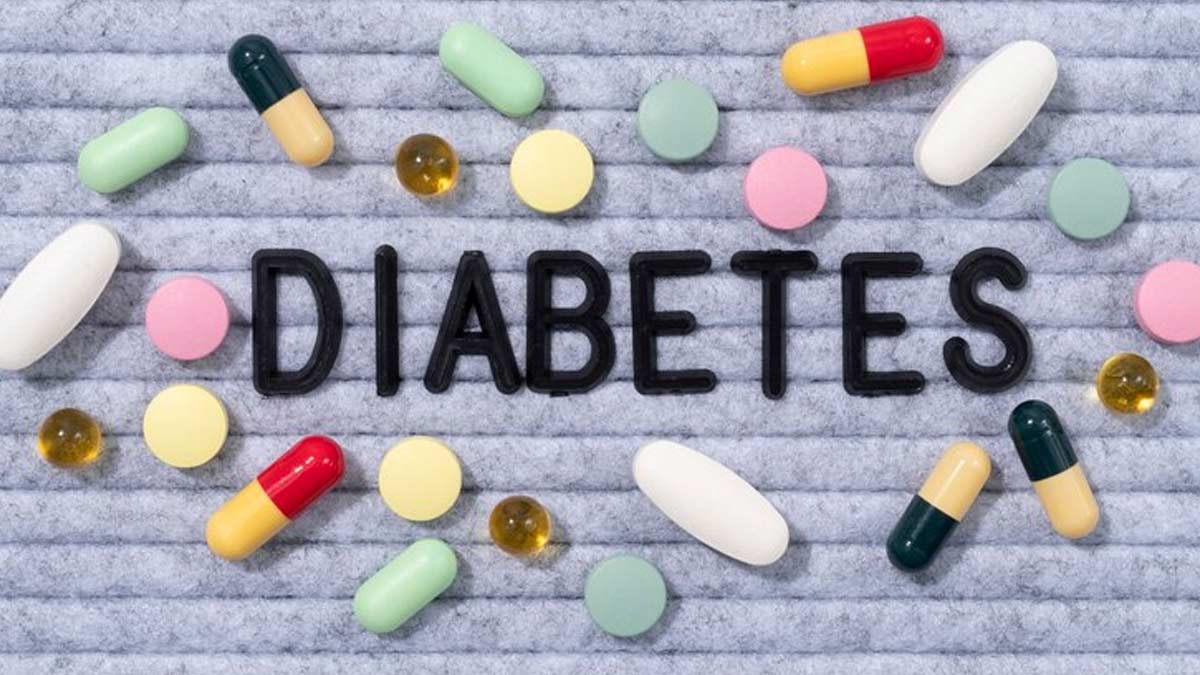
A common metabolic disorder, Diabetes Mellitus (DM) is associated with the development of chronic complications leading to significant morbidity and mortality. Globally, 415 million adults aged 20–79 have Diabetes. This also includes 193 million who are undiagnosed. Moreover, 318 million adults are estimated to have impaired Glucose Tolerance, placing them at a higher risk of developing Diabetes.
Table of Content:-
According to The Scientific Reports, in 2015, Diabetes was responsible for 5.0 million deaths. Every seven seconds, one person dies due to Diabetes.
As per Indian Journal of Ophthalmology, India has the second largest number of adults living with Diabetes worldwide. This is a worrying trend because if significant steps are not taken to curb this pandemic, by 2040, Diabetes will affect close to 642 million people!
Prevalence of Complications in Type 2 Diabetes Mellitus Patients (T2DM)
Type 2 Diabetes Mellitus in many patients generally remains undiagnosed for many years. Nevertheless, these undiagnosed patients are at an increased risk of developing Diabetes complications. Similarly, a poorly managed case of Diabetes is at higher risk of developing disabling and life-threatening complications.


In a recent Indian study, the mean age of diagnosis of T2DM was 54.05 ± 13.24, with a high prevalence of diabetic complications, specifically CAD, Retinopathy, and Nephropathy, at the time of diagnosis
“The increasing prevalence of T2DM in the youth, with high rates of Microalbuminuria and Hypertension, despite shorter Diabetes duration and lower A1C (compared to their type 1 Diabetes counterparts), is a significant challenge to the healthcare system”, said Dr Anil Bhoraskar, Senior Diabetologist, SL Raheja Hospital, Mahim & Secretary, Diabetic Association of India.
The issue of Diabetes management is far more complex in India than in other countries. Indians are genetically more susceptible to diabetogenic environmental factors, which results in lower Diabetes thresholds for risk factors. In addition, there is a significant gap in Diabetes diagnosis and management. Some major issues that the community faces include:
- Lack of adherence and patient issues
- Lack of early treatment intensification and good glycemic control
- Lack of Awareness
- Lack of early screening
- Lack of monitoring
- Socio-cultural factors and lack of regional specific guideline
- The burden of micro/macro-vascular complications
Also read: Indian Rice Variety Joha May Help In Diabetes Management
Need to Address The Gap
Identifying complications at the time of diagnosis through robust screening methods for all cases of Diabetes to assess and, if possible, reverse the complications of Diabetes is an essential aspect of Diabetes care. This is more significant in the younger age group (adolescents and youth).
A training approach to educate healthcare workers in their health training in the community module may also help. Indeed, significant gaps in Diabetes-related knowledge and familiarity with Diabetes therapies exist even among practising physicians, as suggested in several surveys worldwide. However, the use of clinical guidelines has been seen to be associated with significantly better Diabetes-related knowledge. Guideline users report greater familiarity with currently available treatments for Diabetes and clinical decision-making and more consistent with recommended standards of care. Continuing medical education programs could aid the use of guidelines to better practice management.

What Can Be Ideally Done?
Given that India is the Diabetes capital of the world, the measures taken in India need to be more comprehensive. Regular and sizable population-based screening is necessary to “catch the disease in the young” when the disease is at an early stage. Regular follow-ups to prevent complications can significantly reduce the burden on the already overloaded healthcare system.
Also read: Tips To Manage Diabetes To Keep Your Heart Healthy
There are also significant variations in overall awareness and Diabetes care across the geographies within the country. Regional challenges include poor disease awareness, socioeconomic disparity, and underutilization of public healthcare services. There is an urgent need to understand Diabetes care in India better, as also for the government to subsidise the treatment and care of patients with Diabetes. Training programs to step up the involvement of Diabetes Educators are needed. Continuing medical education programs for healthcare practitioners on guideline-based management is required. A combined effort from patients, family members, healthcare professionals, government, and non-governmental organisations (NGOs) can assist in better care for the patient.
Also watch this video
How we keep this article up to date:
We work with experts and keep a close eye on the latest in health and wellness. Whenever there is a new research or helpful information, we update our articles with accurate and useful advice.
Current Version